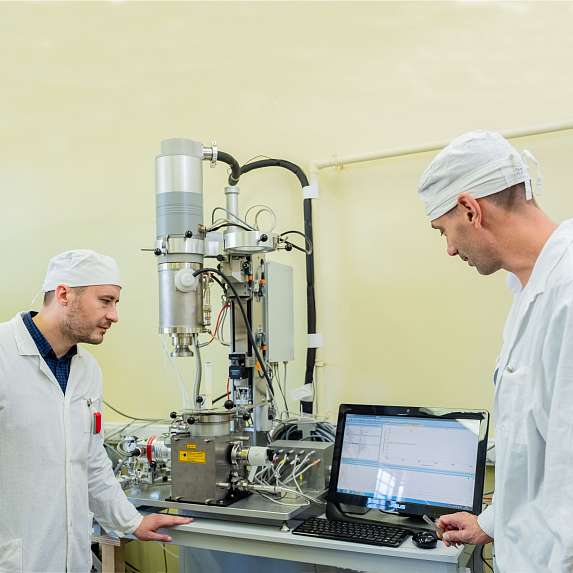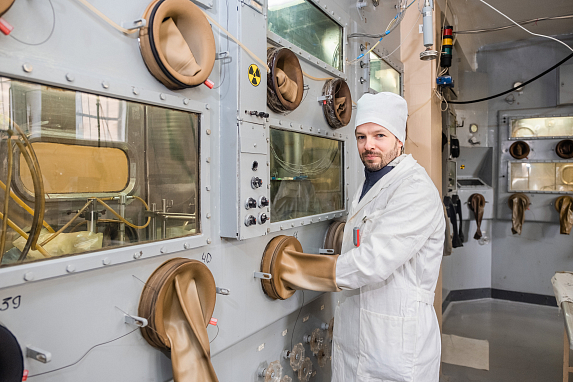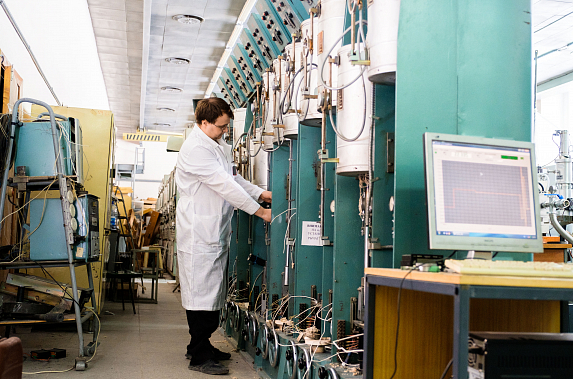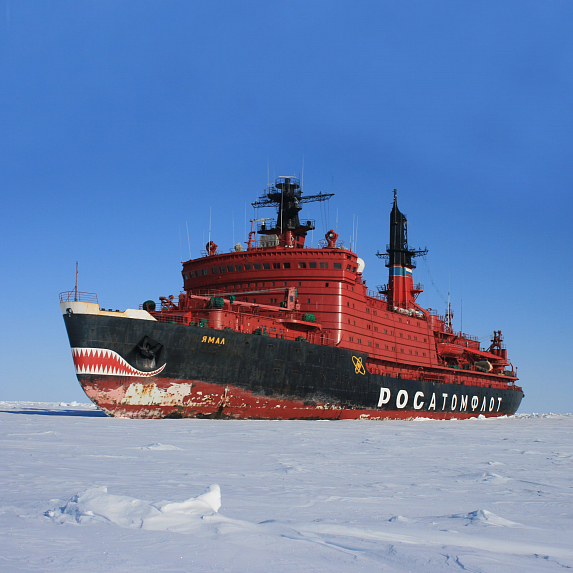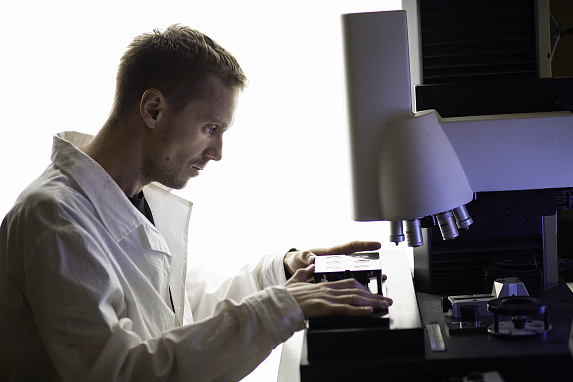
"VNIINM, JSC" conducts research and development work on creation of new and improvement of existing nuclear fuel designs. Among the priority areas is creation of «tolerant» ATF-fuel of new safety generation.
The Institute is engaged in improving the technological process of production of nuclear fuel structural materials, composition of zirconium alloys, and also conducts pre- and post-reactor studies of component fuel assemblies for nuclear power plants.
"VNIINM, JSC" develops technologies for reprocessing spent nuclear fuel from fast neutron reactors and radioactive waste management to close the nuclear fuel cycle as part of the Breakthrough project of Rosatom State Corporation.
